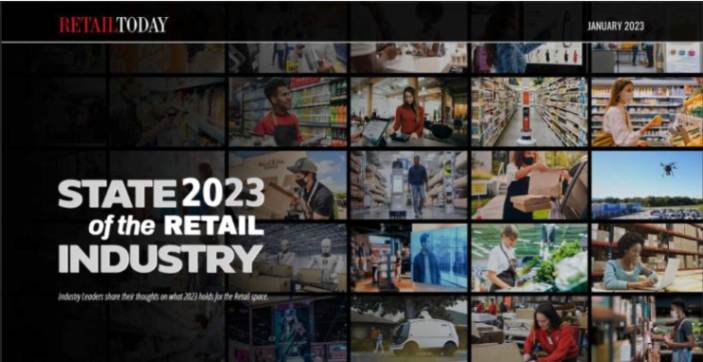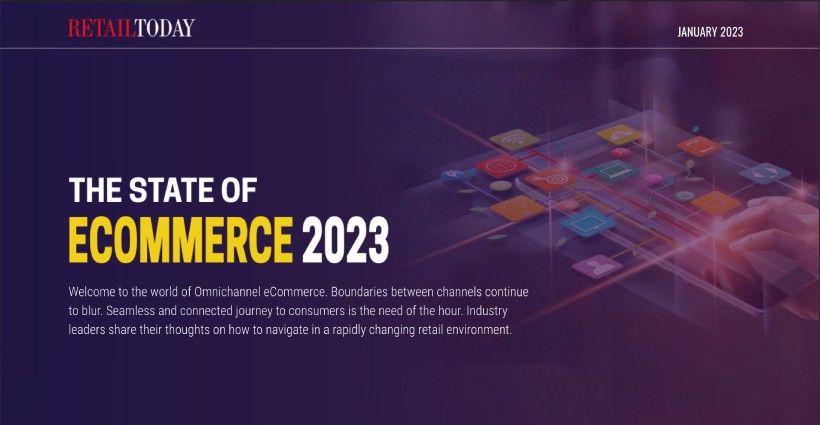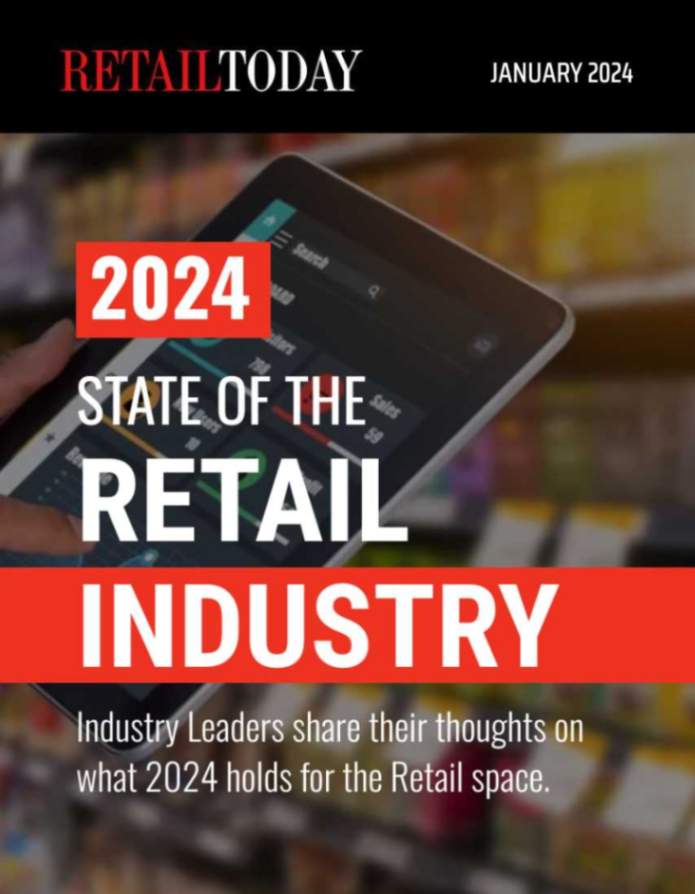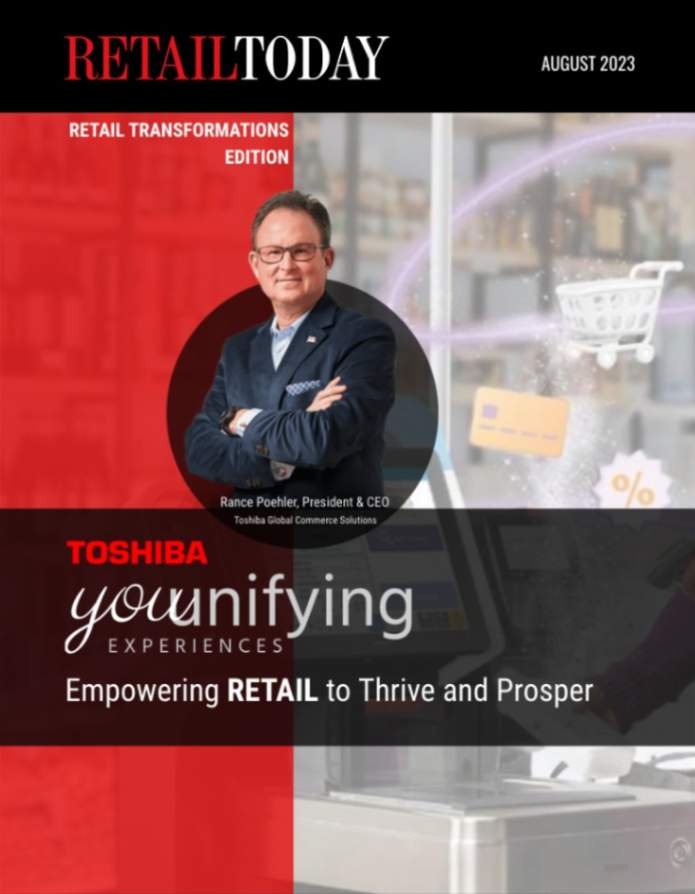
When the pandemic shuttered brick-and-mortar stores, retailers threw every resource they had at ecommerce, and rightly so. But many of the practices retailers adopted under extreme conditions are not future-proof or capable of adding long term value to the retailer’s digital ecosystem.
After the last few tumultuous years, retail leaders finally have a little breathing room to reevaluate the processes and technologies they rushed into place in 2020. Now is the time to define a sustainable digital retail strategy post-pandemic—one that is engineered both to drive profitability and remain agile in the face of future disruptions.
Is your platform on fire? Or just smoldering?
Some retailers find themselves running their digital commerce businesses on a “burning platform,” an older monolithic and/or homegrown system that is slow, rigid, and disconnected—or about to be sunsetted by its vendor. Granted, they may still be functioning but are slow, expensive to maintain, and make incremental innovation difficult.
On the backend, these platforms burn through precious time and resources. You can’t respond to market opportunities quickly, and your people are stuck manually managing disconnected data across inventory, customer, pricing, promotions, and other systems. On the front end, they’re not delivering the immersive, unified commerce experiences that customers are already used to from other retailers.
Staying competitive requires keeping up and pushing the limits of customer experiences.
However, even retailers with more mature technologies and processes are asking where they want to go next, and how they can get there, given the ultra-high expectations for digitally driven consumer experiences.
So, is your platform burning or just smoldering? There is no one-size-fits-all platform that is going to work for every retailer. Finding the right combination of technologies, people skills, processes, and organizational maturity for your unique business is an art as much as a science.
However, there is a common set of principles that do apply to every retailer at this moment in retail history.
Defining digital nirvana
Regardless of size, maturity, or sector, every retailer today must embrace the experience-first economy. Growth depends on the ability to immerse customers in a seamless experience across every customer touchpoint.
According to McKinsey, the tech-enabled “store of the future” can double retailers’ EBIT—and will be easier to operate. But to build stores of the future, you must be able to:
- Quickly bring new experiences to market to drive customer loyalty.
- Achieve operational efficiency with unified commerce.
- Have the agility to facilitate dynamic customer journeys with ease.
- Power growth through continuous, data-driven improvement.
OK, that’s not exactly breaking news to retailers. At the same time, no one is going to get there overnight. The question is, how do you ensure that your organization is set up to move toward your north star in an incremental way?
Ideally, you want to be able to replatform at your own pace, unplugging old components and plugging in new ones. In other words, you want a fully composable commerce ecosystem, so that each step forward is actually getting you closer to your goal, not potentially leading away from it.
Four critical questions to keep on track
In Logic’s experience helping a wide variety of retailers modernize, digitize and right-size post-pandemic, I have found that there are four questions every retail leader must ask. In fact, they should be top of mind not only when you are crafting a grand strategy but at each step along the way.
1. Can we support speed to market?
Retailers are constantly challenged to bring experiences to market, as well as new business models, from mobile experiences to BOPIS to marketplaces and more. They also need to test new pricing, products, offers, and business model strategies—and act on those insights quickly, sometimes within hours. To do so, you need to have (or work incrementally toward creating) a platform that enables you to test, gather data and insights, and quickly put the right offer in front of the right customer at the right time and in the right context.
2. Are we ensuring flexibility for future evolution?
Today, an all-in-one platform that provides CMS, digital store-front, search capability, and order management may be suitable, but as your business evolves you have more demanding requirements. You want to be able to quickly swap in best-of-breed components within your digital commerce ecosystem. Do you have a composable architecture that facilitates bringing in new solutions? Can you integrate without having to redo all your business logic customized to your business?
3. Do we have the resources and organizational maturity that underpins success?
You can buy all the bells and whistles to support your vision for unified commerce, but if your internal organization is still siloed among brick-and-mortar, ecommerce, merchandising and customer support teams, you can’t effectively execute on that vision. Likewise, the latest technology puts great power in the hands of each of your team members. Do you have the right people, resources, skills, processes, training and management philosophy in place to empower your teams and individuals to build, test, learn, and deploy new experiences with agility?
4. Do we have a roadmap that supports both our long-term vision and a right-sized path forward, with demonstrable ROI at each step along the way?
It can be tempting to go really big really fast, but that’s a high-cost, high-risk gamble—and almost never necessary to achieve your goals. Instead, you want a roadmap that charts a course for incremental investments, each of which can deliver a demonstrable return on investment every step of the way—e.g. in three to four months instead of nine, 12 or 24. Meanwhile, you’re also working against a plan towards that larger vision.






